Unlock the Timeless Cool of the ’70s: The Cop Shows That Defined an Era and Still Inspire Hustle Today!
Remember those evenings when the TV flickered to life and suddenly the ’70s cops took over your screen like they owned the block? That decade wasn’t just about policing the streets—it was about redefining what it meant to be a cop on television. From the relentless charm of Columbo in his rumpled raincoat to the iconic trio of Charlie’s Angels strutting their stuff in high fashion, the ’70s brought a kaleidoscope of crime-solving heroes that broke the mold. But here’s a thought: what if those larger-than-life characters weren’t just entertaining distractions but subtle mirrors reflecting a society wrestling with trust, cynicism, and the desire for justice after a tumultuous era? It was more than just car chases and shootouts; it was TV reinventing its wheel with grit, glamour, and a dash of daring personality. So buckle up—it’s time to cruise through a decade where cuffs clicked to the beat of changing times and every episode left you asking, ‘Who really wears the badge—the law or the legend?’ LEARN MORE

The 1970s truly belonged to cops on television. From hard-nosed detectives in trench coats (Columbo) to glamorous private investigators in designer fashions (Charlie’s Angels), police and crime shows dominated primetime. Week after week, viewers couldn’t get enough of car chases, shootouts and clever takedowns, but what made the decade especially memorable was the variety of ways these stories were told.
It was also a clear break from what had come before. In the 1950s and ’60s, police shows like Dragnet, Highway Patrol and 77 Sunset Strip tended to portray lawmen as the standard of professionalism and order. Cases wrapped up neatly, heroes rarely showed doubt, heroes and criminals were clearly defined and the genre offered viewers reassurance in an era of television that largely upheld authority. By contrast, the 1970s gave us something grittier and more human. Kojak prowled the streets of New York with lollipops and streetwise humor. Columbo, in his wrinkled raincoat, unraveled killers with persistence rather than polish. Starsky & Hutch leaned into the buddy-cop dynamic, while Police Story exposed the pressures and flaws behind the badge. The cops of the ’70s were still heroes, but they were also more realistic characters made up of quirky flaws and were sometimes weary, all of which were designed to reflect a decade marked by post-Vietnam cynicism and Watergate-era distrust of institutions.
At the same time, television reinvented the genre with fresh approaches. The Rookies followed young officers just learning the ropes, mixing idealism with danger. Charlie’s Angels turned police work into glamour and spectacle, giving the genre a dose of fashion, fun and star power. And the landscape made room for everything in between—McCloud as a cowboy cop in the big city, Baretta working undercover with his pet cockatoo, and the sun-soaked patrols of CHiPs.
The personalities became larger than life. Telly Savalas’ Kojak gave America “Who loves ya, baby?” while Angie Dickinson broke barriers as Police Woman, Paul Michael Glaser and David Soul made Starsky & Hutch icons and Robert Urich brought suave style to Vega$.
Looking back, it’s remarkable how many of these shows lasted and how many still resonate so many years later. Some became comfort viewing through syndication; others faded after just a season or two, but all tied together, they helped to define the ’70s television landscape. The superheroes were gone, yet on TV, cops and detectives had become the larger-than-life figures of the decade.
1. ‘Dan August’ (1970–1971, ABC)
Cast: Burt Reynolds (Lt. Dan August), Norman Fell (Sgt. Charles Wilentz), Richard Anderson (Chief Untermeyer), Ena Hartman (Katie Grant)
Premise: Based on the TV movie House on Greenapple Road, the series followed Lt. Dan August, a detective in the fictional town of Santa Luisa, California. Each episode centered on homicide investigations, mixing police procedural structure with melodramatic subplots about the lives of suspects and witnesses.
Behind the scenes: Produced by Quinn Martin, who built his reputation on crime and action shows like The F.B.I. and The Fugitive, Dan August seemed poised for success but struggled in the ratings. It ran only 26 episodes before cancellation. However, when Reynolds’ movie career exploded in the mid-1970s, ABC reran the show to capitalize on his newfound fame. Though a one-season wonder, it remains a curiosity in Reynolds’ career and a footnote in Quinn Martin’s long run of police dramas.
2. ‘McCloud’ (1970–1977, NBC)
Cast: Dennis Weaver (Deputy Marshal Sam McCloud), J.D. Cannon (Chief Peter B. Clifford), Terry Carter (Sgt. Joe Broadhurst), Diana Muldaur (Chris Coughlin)
Premise: Inspired by the Clint Eastwood film Coogan’s Bluff (1968), McCloud followed New Mexico lawman Sam McCloud, sent to New York City as a “special deputy” with the NYPD. A cowboy in the big city, McCloud solved cases with a mix of Western know-how, stubborn determination, and a folksy charm that often clashed with Chief Clifford’s exasperation.
Behind the scenes: Created by Herman Miller, McCloud became part of NBC’s rotating Mystery Movie wheel alongside Columbo and McMillan & Wife. Dennis Weaver’s performance, complete with catchphrases like “There ya go!,” gave the series its heart and its fish-out-of-water premise allowed for a playful balance of action and humor, with Weaver even performing many of his own stunts. Running for seven seasons, it was one of NBC’s more successful genre blends, combining the Western archetype with the gritty urban cop drama of the 1970s.
3. ‘Cannon’ (1971–1976, CBS)
Cast: William Conrad (Frank Cannon)
Premise: Frank Cannon was a former LAPD detective turned private investigator, known for his intellect, resourcefulness and unorthodox methods. Unlike the hardboiled stereotype, Cannon was middle-aged, heavyset and relied on his wits, connections and sheer determination rather than brute force. Each week he took on cases ranging from corporate corruption to kidnappings, often at great personal risk.
Behind the scenes: Produced by Quinn Martin, Cannon stood out for casting William Conrad, whose commanding voice and presence made him an unlikely but memorable TV detective. The series ran for five seasons and 122 episodes, becoming one of CBS’s staples of the decade.
4. ‘Columbo’ (1971–1978, NBC; later revivals on ABC)
Cast: Peter Falk (Lt. Columbo)
Premise: Unlike typical whodunits, Columbo turned the detective formula upside down in that each episode began by showing the audience the murderer and the crime. The rest of the story followed Lt. Columbo, a seemingly absentminded, rumpled homicide detective in a wrinkled raincoat, as he politely and persistently unraveled the killer’s carefully constructed alibi with his trademark phrase, “Just one more thing…”
Behind the scenes: Created by Richard Levinson and William Link, Columbo became the standout of NBC’s Mystery Movie wheel. Peter Falk’s performance made Columbo one of television’s most beloved detectives, balancing charm, humor and cunning. The show attracted an impressive lineup of guest stars—often Hollywood heavyweights playing the murderers—including Jack Cassidy, Leonard Nimoy, and Johnny Cash. Running through the 1970s with occasional specials into the 2000s, Columbo is remembered as one of TV’s most innovative and enduring crime dramas.
5. ‘McMillan & Wife’ (1971–1977, NBC)
Cast: Rock Hudson (Commissioner Stewart “Mac” McMillan), Susan Saint James (Sally McMillan), Nancy Walker (Mildred, the maid/housekeeper), John Schuck (Sgt. Charles Enright)
Premise: This lighthearted mystery series followed San Francisco police commissioner Stewart McMillan and his witty, resourceful wife Sally, who frequently found themselves entangled in murder cases and high-society intrigue. Their banter and teamwork, combined with the comic relief of Mildred and the steady presence of Sgt. Enright, made the show as much a character-driven dramedy as a crime series.
Behind the scenes: Another of NBC’s Mystery Movie wheel offerings, McMillan & Wife stood apart thanks to the chemistry between Hudson and Saint James, blending equal doses of romance, comedy and suspense. Hudson’s suave presence contrasted with Saint James’s spirited charm, giving the series a light screwball flavor. The show lasted six seasons, though Saint James departed before the final year, leading to its rebranding as simply McMillan.
6. ‘Longstreet’ (1971–1972, ABC)
Cast: James Franciscus (Mike Longstreet), Marlyn Mason (Nora Kowalski), Peter Mark Richman (Duke Paige), Ann Doran (Mrs. Kingston), Bruce Lee (Li Tsung, guest role)
Premise: Insurance investigator Mike Longstreet loses his sight in an explosion that also kills his wife. Refusing to give up his career, he uses his sharpened other senses, intelligence and determination to continue solving cases. With the aid of his assistant Nora and seeing-eye dog Pax, Longstreet takes on frauds, thefts and murder investigations, proving blindness doesn’t limit his skill.
Behind the scenes: Created by Stirling Silliphant, the series was notable for its sensitive portrayal of a blind protagonist and its action-oriented edge. James Franciscus brought both grit and humanity to the role, while the show gained additional attention for guest appearances by Bruce Lee as martial arts instructor Li Tsung, who taught Longstreet Jeet Kune Do philosophies.
7. ‘Banacek’ (1972–1974, NBC)
Cast: George Peppard (Thomas Banacek), Ralph Manza (Jay Drury), Murray Matheson (Felix Mulholland), Christine Belford (Carole)
Premise: Wealthy, Polish-American investigator Thomas Banacek specialized in recovering high-value stolen items—everything from cars to aircraft and rare art. Using charm, sharp intellect and elaborate deductions, Banacek cracked cases no one else could solve, often while clashing with rivals or romancing women along the way.
Behind the scenes: Part of NBC’s rotating Mystery Movie wheel, Banacek gave George Peppard one of his most memorable television roles prior to The A-Team. Known for his sardonic wit and penchant for quoting tongue-in-cheek Polish proverbs, Banacek stood apart from traditional TV detectives of the time. The series ran for two seasons (17 episodes) and was praised for its clever “impossible crime” plots.
8. ‘The Rookies’ (1972–1976, ABC)
Cast: Georg Stanford Brown (Officer Terry Webster), Sam Melville (Officer Mike Danko), Michael Ontkean (Officer Willie Gillis, 1972–1974), Kate Jackson (Nurse Jill Danko), Bruce Fairbairn (Officer Chris Owens, 1974–1976), Gerald S. O’Loughlin (Lt. Ed Ryker)
Premise: The series followed three young police officers—Webster, Danko, and Gillis—as they navigated the dangers of the job while learning what it meant to serve as part of the force. Balancing action with character drama, the show highlighted the personal challenges of rookie cops, from strained marriages to the moral dilemmas of policing. Jill Danko, a nurse and Mike’s wife, often brought a humanizing, domestic counterpoint to the weekly cases.
Behind the scenes: Produced by Aaron Spelling and Leonard Goldberg, The Rookies was one of TV’s first efforts to portray cops as everyday young people rather than hardened veterans. It struck a chord with audiences, running four seasons and leading to the spinoff S.W.A.T.. Kate Jackson’s role as Jill helped set the stage for her later breakout on Charlie’s Angels.
9. ‘Barnaby Jones’ (1973–1980, CBS)
Cast: Buddy Ebsen (Barnaby Jones), Lee Meriwether (Betty Jones), Mark Shera (J.R. Jones)
Premise: Retired private detective Barnaby Jones is pulled back into the profession after his son—also a detective—is murdered. With his widowed daughter-in-law, Betty, as his partner, Barnaby reopens his office and resumes solving cases, bringing a methodical, cerebral style to investigations rather than relying on action. Later seasons introduced Barnaby’s cousin J.R., adding youthful energy to the team.
Behind the scenes: Produced by Quinn Martin, Barnaby Jones became a long-running staple of CBS’s detective lineup. Casting Buddy Ebsen, long beloved as Jed Clampett from The Beverly Hillbillies, gave the show an immediate hook, with Ebsen’s gravitas and folksy wisdom lending credibility to the aging sleuth.
10. ‘Kojak’ (1973–1978, CBS)
Cast: Telly Savalas (Lt. Theo Kojak), Dan Frazer (Capt. Frank McNeil), Kevin Dobson (Det. Bobby Crocker), George Savalas (Det. Stavros), Vince Conti (Det. Rizzo), Mark Russell (Det. Saperstein)
Premise: Set in New York City, the series followed Lt. Theo Kojak, a tough but compassionate detective with the NYPD’s Manhattan South Precinct. Known for his bald head, sharp suits and trademark lollipops, Kojak tackled cases involving organized crime, drug dealers and street-level corruption with a mix of toughness, charm and wry humor. His catchphrase, “Who loves ya, baby?” became a part of the decade’s vernacular.
Behind the scenes: Created by Abby Mann and produced by Universal Television, Kojak was grounded in the gritty realism that typified 1970s cop shows, influenced by films like Serpico and The French Connection. Telly Savalas’s charismatic performance made Kojak one of TV’s most distinctive detectives, and the series earned critical praise as well as commercial success. It ran for five seasons and spawned several TV movies in the 1980s and ’90s.
11. ‘Police Story’ (1973–1978, NBC)
Cast: Anthology format with recurring appearances by actors such as Scott Brady, Don Meredith, Tony Lo Bianco, James Farentino, Vic Morrow and many others
Premise: An anthology drama, Police Story presented gritty, realistic tales of law enforcement from the perspective of uniformed officers, detectives and specialized units in Los Angeles. Each week featured a new cast and storyline, exploring not just the crimes but also the pressures, dangers and moral dilemmas faced by the police.
Behind the scenes: Created by former LAPD officer-turned-writer Joseph Wambaugh, the series broke ground with its documentary-like realism and willingness to tackle tough issues, including corruption, stress and the toll of police work on families. Its anthology format allowed big-name guest stars and fresh stories each week, making it one of the most acclaimed crime shows of the decade. The show won critical praise, including an Emmy for Outstanding Drama Series in 1976 and spawned several spinoffs and TV movies.
12. ‘Harry O’ (1974–1976, ABC)
Cast: David Janssen (Harry Orwell), Henry Darrow (Lt. Manny Quinlan, Season 1), Anthony Zerbe (Lt. Trench, Season 2)
Premise: Former San Diego cop Harry Orwell, forced into early retirement after being shot, reinvented himself as a private investigator. Cynical yet principled, he lived modestly by the beach and relied more on intelligence and persistence than violence. Each episode followed Orwell as he uncovered corruption, solved murders or helped ordinary people caught in extraordinary circumstances.
Behind the scenes: Created by Howard Rodman, Harry O was shaped around David Janssen, who had already cemented TV stardom in The Fugitive. His world-weary performance gave the show a distinctive tone: thoughtful, introspective and often melancholy. The first season emphasized character-driven stories in San Diego, but a network-mandated move to Los Angeles for Season 2 shifted the show’s style to more traditional PI action. Despite critical acclaim and strong work by Janssen and Anthony Zerbe (who won an Emmy for Lt. Trench), ratings remained modest and the series ended after two seasons.
13. ‘Police Woman’ (1974–1978, NBC)
Cast: Angie Dickinson (Sgt. Pepper Anderson), Earl Holliman (Lt. Bill Crowley), Charles Dierkop (Det. Pete Royster), Ed Bernard (Det. Joe Styles)
Premise: Police Woman followed Sergeant “Pepper” Anderson, an undercover officer with the LAPD’s Criminal Conspiracy Unit. Each week, Pepper assumed disguises—everything from a nurse to a hooker and a mobster’s moll—to infiltrate dangerous circles and bring down criminals, aided by her supportive colleagues Crowley, Royster and Styles.
Behind the scenes: Created by Robert L. Collins and produced by David Gerber, the series was groundbreaking as the first successful hour-long American drama led by a female cop. Angie Dickinson gave Pepper both glamour and grit, breaking stereotypes while drawing consistently strong ratings. Though some storylines leaned into sensationalism, the show was influential, inspiring a wave of female-led detective and cop series. Running four seasons, Police Woman cemented Dickinson as a television icon and remains a milestone in ’70s TV for paving the way for women in leading law enforcement roles on screen.
14. ‘S.W.A.T.’ (1975–1976, ABC)
Cast: Steve Forrest (Lt. Dan “Hondo” Harrelson), Robert Urich (Officer Jim Street), Rod Perry (Sgt. David “Deacon” Kay), Mark Shera (Dominic Luca), James Coleman (T.J. McCabe)
Premise: Spinning out of an episode of The Rookies, S.W.A.T. followed an elite Special Weapons and Tactics team in a large metropolitan police department. Under Lt. “Hondo” Harrelson’s leadership, the squad handled high-risk situations—terrorists, hostage crises, and organized crime—that regular police couldn’t contain.
Behind the scenes: Produced by Aaron Spelling and Leonard Goldberg, the series reflected the 1970s fascination with specialized, paramilitary-style policing. The show gained notoriety for its intense action sequences and catchy theme song by Barry De Vorzon, which became a hit on the Billboard charts. Despite its popularity with younger viewers, S.W.A.T. faced criticism for violence and was cancelled after two seasons (37 episodes).
15. ‘Switch’ (1975–1978, CBS)
Cast: Eddie Albert (Frank MacBride), Robert Wagner (Pete Ryan), Sharon Gless (Maggie Philbin)
Premise: The series paired Frank MacBride, a retired bunco cop, with Pete Ryan, a smooth-talking ex-con man. Together, they ran a private investigation agency in Los Angeles, using MacBride’s streetwise policing skills and Ryan’s con-artist tricks to outwit criminals, scam artists and corrupt businessmen. Their secretary, Maggie Philbin, often got pulled into the action as well.
Behind the scenes: Created by Glen A. Larson, Switch offered a lighter spin on the detective genre, leaning on the chemistry between the seasoned Albert and the charming Wagner. The show’s mix of clever sting operations and flashy ’70s style made it a comfortable fit in CBS’s lineup. While never a breakout hit, it lasted three seasons and is fondly remembered for its breezy tone,
16. ‘Starsky & Hutch’ (1975–1979, ABC)
Cast: Paul Michael Glaser (Det. David Starsky), David Soul (Det. Kenneth “Hutch” Hutchinson), Antonio Fargas (Huggy Bear), Bernie Hamilton (Capt. Harold Dobey)
Premise: Set in a gritty, unnamed urban landscape, the show followed plainclothes detectives Starsky and Hutch as they tackled street crime, drug dealers and organized crime. Known for their close partnership, the duo balanced Starsky’s streetwise toughness with Hutch’s more thoughtful approach. Their red-and-white Ford Gran Torino became an icon almost as recognizable as the detectives themselves, and Huggy Bear, their flamboyant informant, added a splash of humor and style.
Behind the scenes: Created by William Blinn and produced by Aaron Spelling and Leonard Goldberg, the series leaned into the “buddy cop” dynamic that defined much of 1970s television and film. The chemistry between Glaser and Soul was central, mixing action with moments of humor and warmth. Though criticized at times for violence, the show was a hit with young audiences and became something of a pop culture phenomenon.
17. ‘Baretta’ (1975–1978, ABC)
Cast: Robert Blake (Det. Tony Baretta), Dana Elcar (Inspector Shiller), Tom Ewell (Billy Truman), Michael D. Roberts (Rooster)
Premise: Undercover cop Tony Baretta worked the tough streets in disguise, often blending into the criminal world to crack cases. Known for his unorthodox methods, street smarts and pet cockatoo named Fred, Baretta lived by the motto: “Don’t do the crime if you can’t do the time.”
Behind the scenes: Developed by Stephen J. Cannell and Tony Barrett, Baretta was a retooled version of Toma (1973–1974), which starred Tony Musante. Robert Blake brought a raw, unpredictable energy to the role, giving the show a distinctive grit that matched the era’s appetite for urban crime dramas. The series was both popular and critically recognized, earning Blake an Emmy in 1975.
18. ‘Charlie’s Angels’ (1976–1981, ABC)
Cast: Kate Jackson (Sabrina Duncan), Farrah Fawcett-Majors (Jill Munroe, 1976–1977), Jaclyn Smith (Kelly Garrett), Cheryl Ladd (Kris Munroe, 1977–1981), Shelley Hack (Tiffany Welles, 1979–1980), Tanya Roberts (Julie Rogers, 1980–1981), David Doyle (John Bosley), John Forsythe (voice of Charlie)
Premise: Three glamorous young women, all former police academy graduates, are recruited by the mysterious millionaire Charlie Townsend to work as private detectives. Guided by Charlie’s unseen voice over a speakerphone and assisted by loyal Bosley, the “Angels” took on undercover assignments involving crime, corruption and espionage, often requiring elaborate disguises.
Behind the scenes: Another smash hit from Aaron Spelling and Leonard Goldberg, Charlie’s Angels became a pop-culture phenomenon, blending crime-fighting with fashion, action and a wink of camp. Farrah Fawcett’s feathered hair and poster fame launched her into superstardom, even though she left after the first season. Critics derided the show as “jiggle TV,” but audiences embraced it, keeping it alive for five seasons.
19. ‘CHiPs’ (1977–1983, NBC)
Cast: Erik Estrada (Officer Frank “Ponch” Poncherello), Larry Wilcox (Officer Jon Baker), Robert Pine (Sgt. Joseph Getraer), Brodie Greer (Officer Barry Baricza), Paul Linke (Officer Arthur Grossman), Lou Wagner (Harlan Arliss)
Premise: The series followed two California Highway Patrol motorcycle officers, Ponch and Jon, as they patrolled the freeways of Los Angeles. Unlike the grittier cop dramas of the decade, CHiPs emphasized light action, stunts and camaraderie, with frequent freeway pileups, car chases and a steady stream of guest stars.
Behind the scenes: Created by Rick Rosner, the show stood out for its sun-soaked California setting and focus on high-speed motorcycle action. Erik Estrada’s charismatic performance made him a household name and a teen idol, while the partnership between Ponch and Jon anchored the series. Though criticized for being formulaic, CHiPs became a Saturday-night staple for NBC, running six seasons and spawning a loyal fan base.
20. ‘Vega$’ (1978–1981, ABC)
Cast: Robert Urich (Dan Tanna), Phyllis Davis (Beatrice Travis), Bart Braverman (Binzer), Greg Morris (Lt. David Nelson), Naomi Stevens (Sgt. Bella Archer)
Premise: Private investigator Dan Tanna worked out of a neon-lit Las Vegas, cruising the Strip in his red Thunderbird convertible and handling cases that ranged from mobsters and con artists to casino scams and missing persons. With his assistant Beatrice, street-smart Binzer and police contact Lt. Nelson, Tanna blended cool charisma with toughness as he navigated Sin City’s glitz and danger.
Behind the scenes: Created by Michael Mann and produced by Aaron Spelling, Vega$ capitalized on Las Vegas’s booming popularity in the late ’70s. Robert Urich, already familiar to TV audiences, became the show’s breakout star, embodying Tanna as a stylish but principled PI who stood out in a city of corruption and temptation. Shot largely on location, the series showcased Vegas landmarks and helped cement the city’s image in pop culture.
21. ‘David Cassidy: Man Undercover’ (1978–1979, NBC)
Cast: David Cassidy (Officer Dan Shay), Simon Oakland (Lt. Abrams)
Premise: Officer Dan Shay, a young cop with the Los Angeles Police Department, specialized in undercover work. Often infiltrating drug rings, biker gangs and youth-oriented subcultures, Shay balanced the dangers of living undercover with his responsibilities as a husband and father.
Behind the scenes: The series was a spin-off from an episode of Police Story titled “A Chance to Live,” which earned David Cassidy praise for his dramatic performance. Hoping to move beyond his teen idol image from The Partridge Family, Cassidy took on the grittier role, but the show faced tough competition and never found a wide audience. It lasted just 10 episodes, though it showcased his range as an actor and remains an intriguing part of undercover police dramas that gained such popularity in the decade.
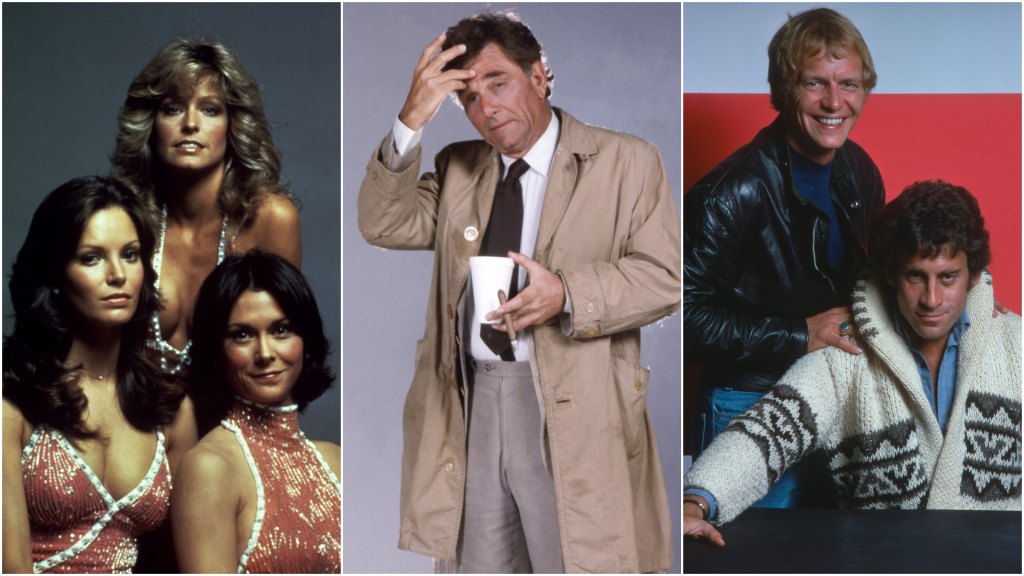



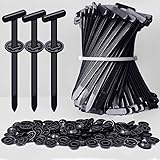


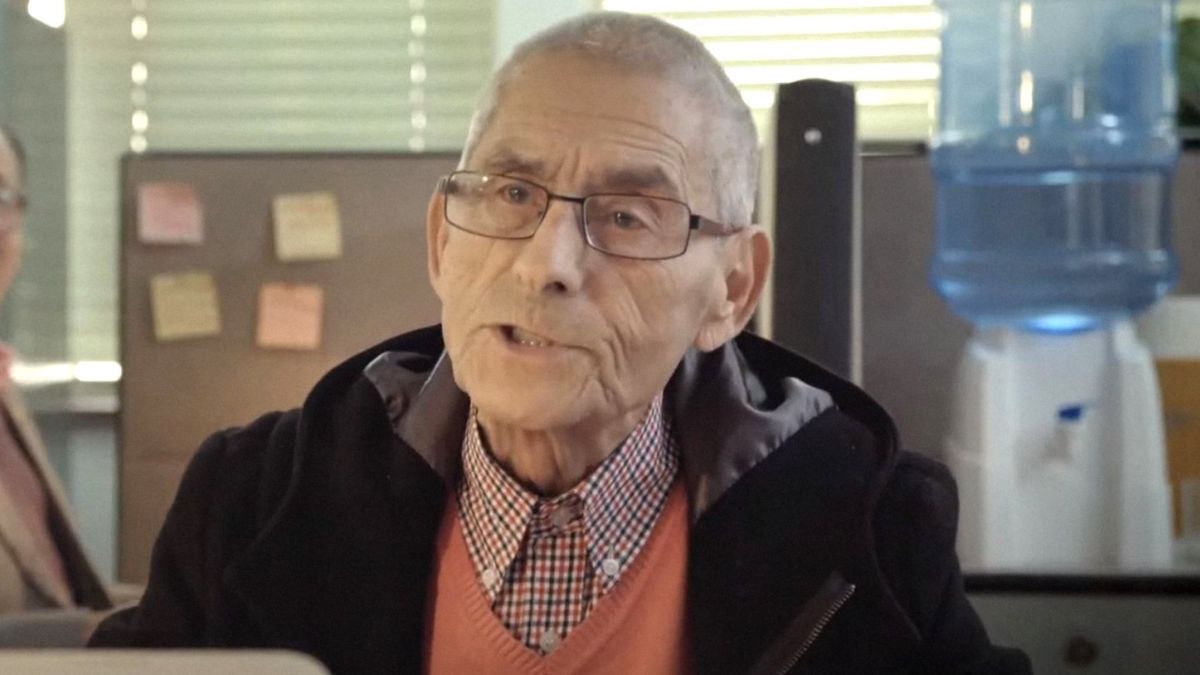
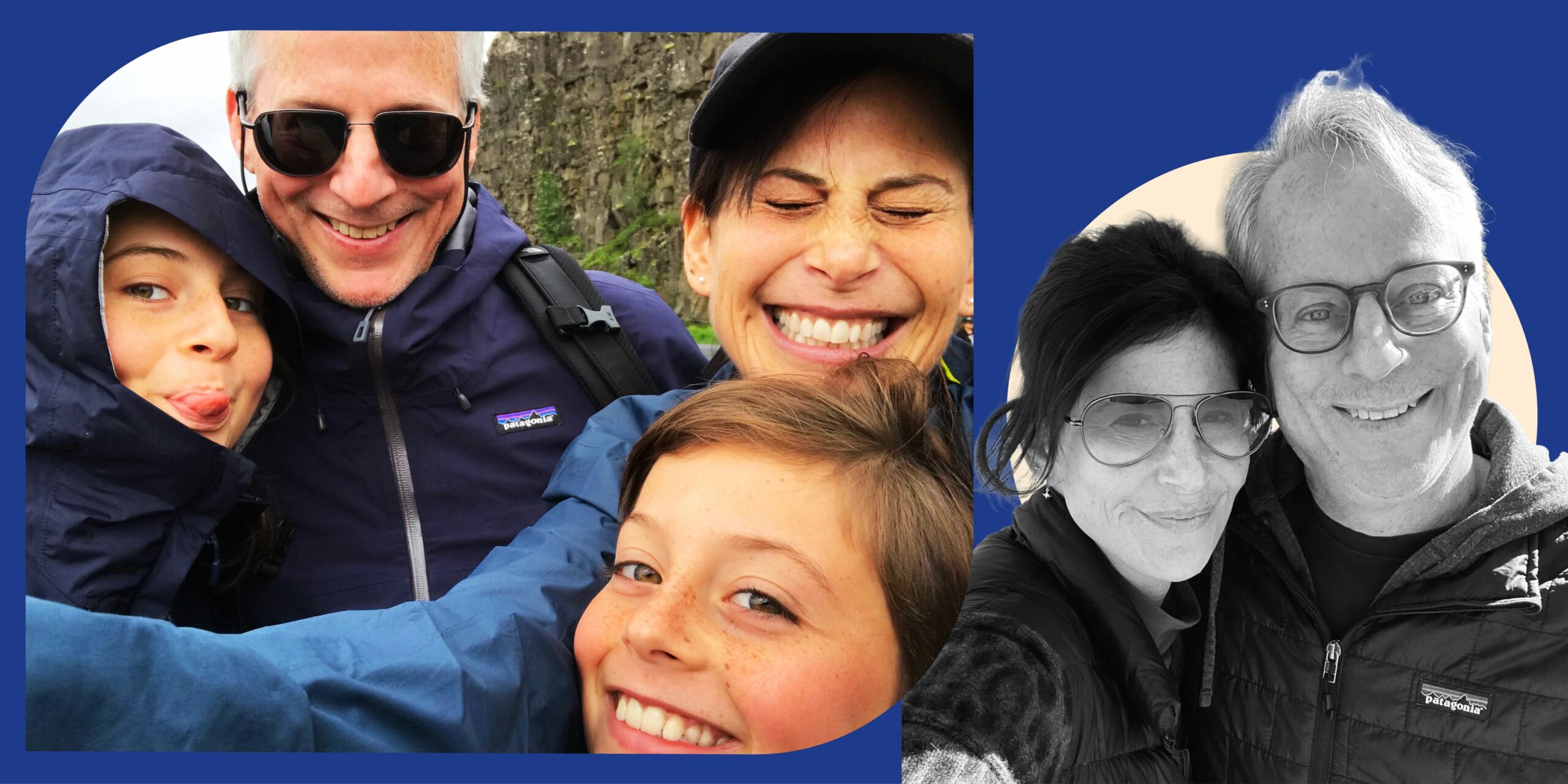
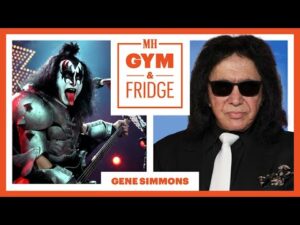
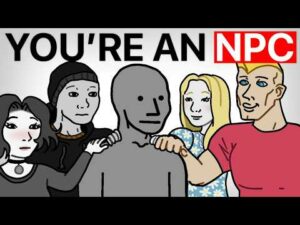









Post Comment